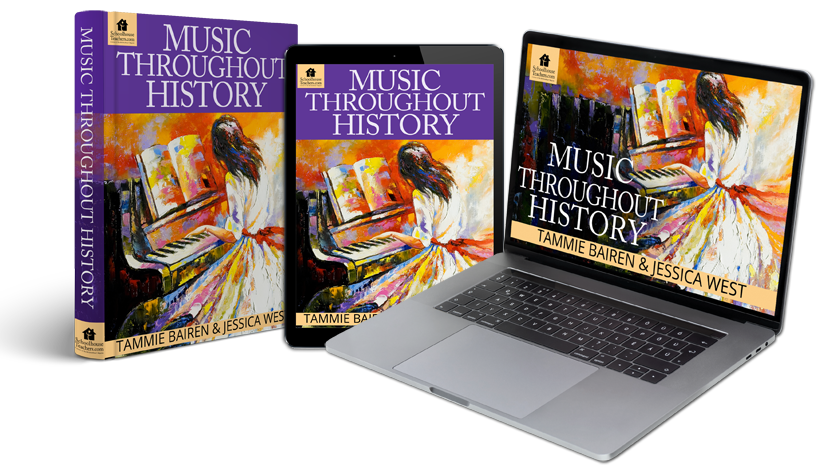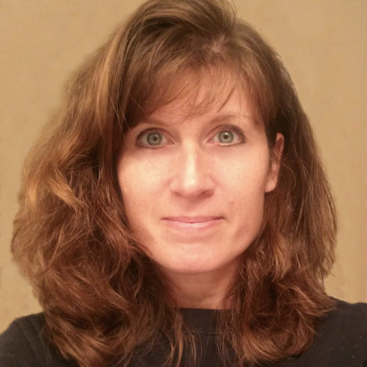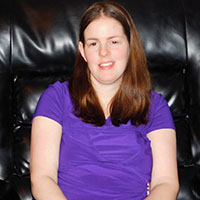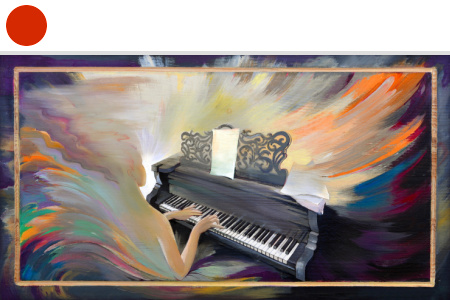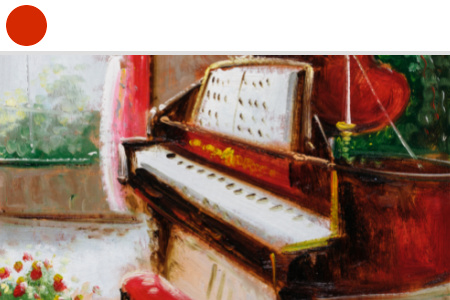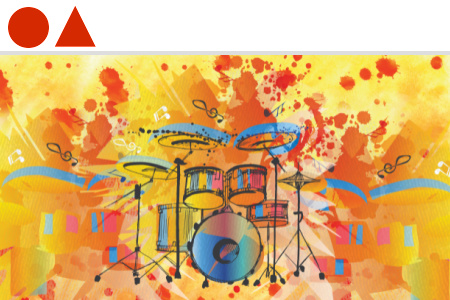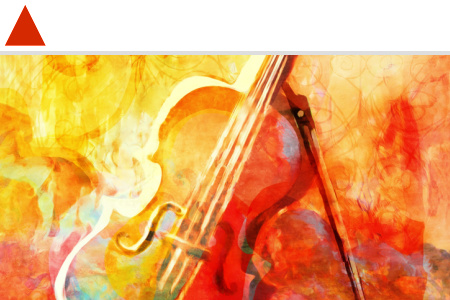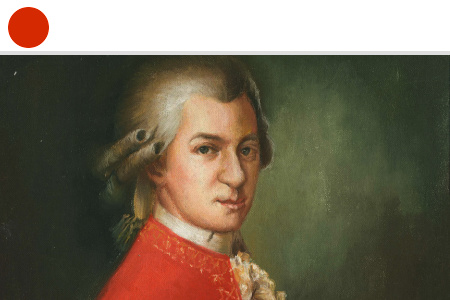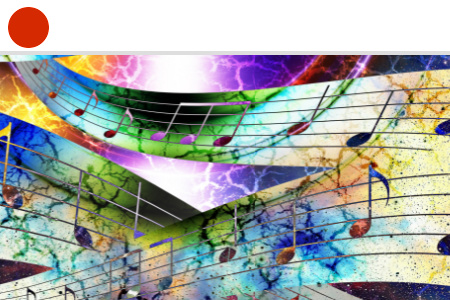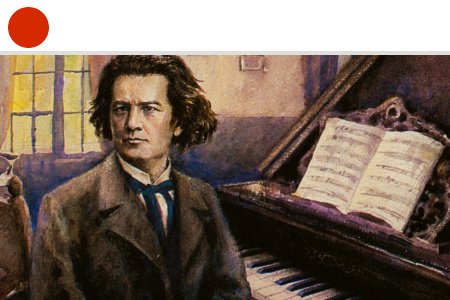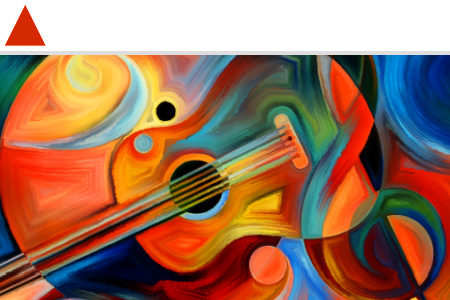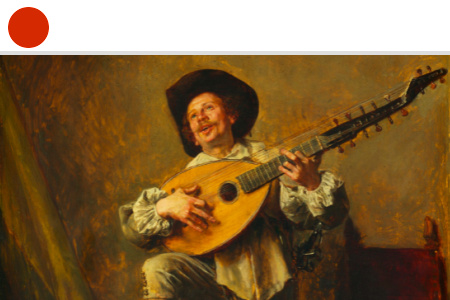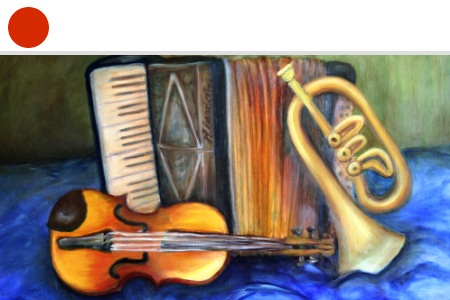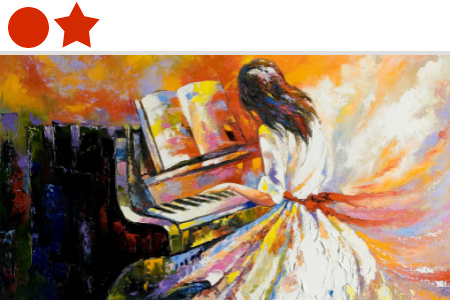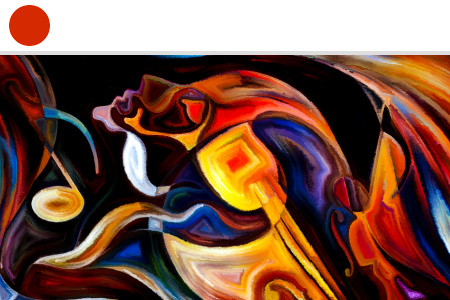Welcome to Our Music Throughout History Homeschool Course
How would you like to take a journey through time on the waves of musical notes? Begin in the time of Gregorian chants and French troubadours of the medieval era. Move through the transitional Baroque and graceful Classical periods. Enter into the emotional times of war and change. Explore the hymns and gospels we still sing, and listen to the contemporary Christian songs we can tune into on the radio today. Students will learn musical terms, styles, instruments, composers, and more on this adventure through the ages. Students will also learn how to write lyrics and compose a masterpiece of their own.
External links may be included within the course content; they do not constitute an endorsement or an approval by SchoolhouseTeachers.com of any of the products, services, or opinions of the corporation, organization, or individual. Contact the external site for answers to questions regarding its content. Parents may wish to preview all links because third-party websites include ads that may change over time.
Para traducir cualquier página web, haz clic en los tres puntos o líneas en la esquina superior derecha de tu navegador, o haz clic aquí para más información.
Music Throughout History
* Ultimate Membership Only*
Length: 36 weeks
Content type: Text based
Grades: 9–12
Tammie Bairen
Jessica West
Related Classes You May Enjoy


